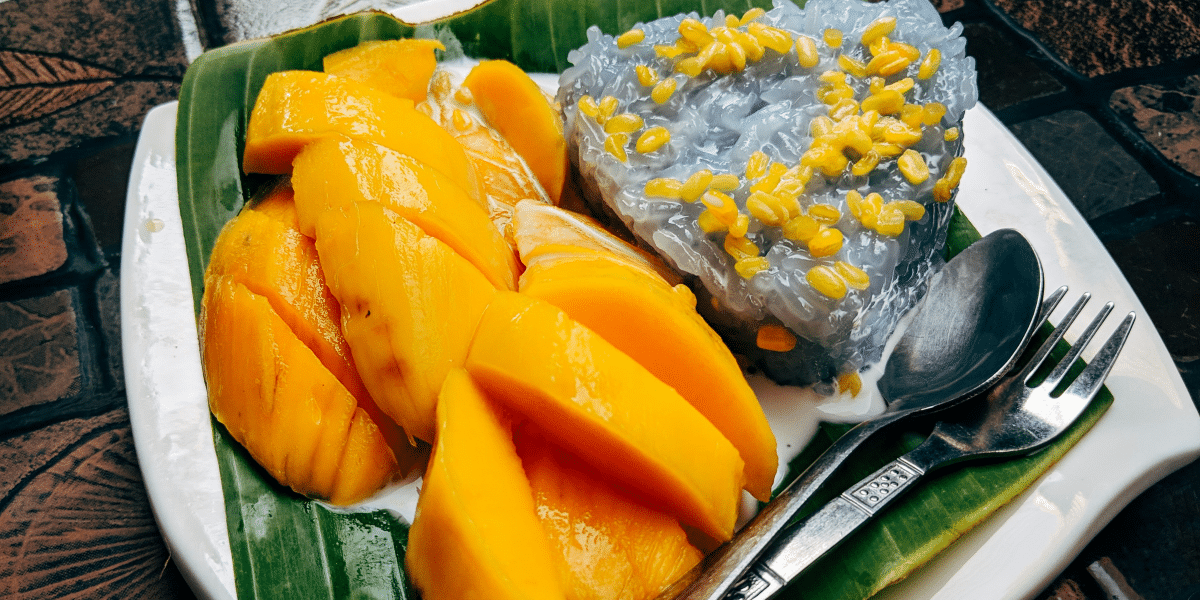Most plants play it safe – roots in the soil, leaves reaching for the sun, using photosynthesis to create their own food. But some members of the plant world have embraced a darker, more devious lifestyle. Introducing parasitic plants! These botanical oddities don’t bother with sunlight or tidy root systems. Instead, they latch onto other plants and steal everything they need to survive, sometimes sporting hauntingly beautiful blooms that belie their sinister nature.
One of the most striking features of many parasitic plants is their lack of chlorophyll. This is the green pigment that gives most plants their color and allows them to harness sunlight for energy. Parasitic plants have forsaken this ability, relying entirely on their host plant for sustenance. This often results in these floral freeloaders having pale, whitish, or even vibrant orange or red tones.
Parasitic plants have a special tool called a haustorium, a root-like structure designed to penetrate the tissues of their host plant. Using this, they shamelessly tap into the host’s vascular system, siphoning off water, nutrients, and sugars. Some parasitic plants target specific types of hosts, while others are less picky about their victims.
From Petite Parasites to Total Takeovers
Parasitic plants come in an array of sizes and forms:
-
Mistletoe: This festive plant is actually a sneaky freeloader! Mistletoe retains some ability to photosynthesize, but it’s not much of a go-getter. To boost its resources, it supplements its own energy production by tapping into its host tree for water and essential nutrients. This explains why you often find mistletoe flourishing high in the branches, basking in the sun while benefiting from the tree’s hard work.
-
Dodder: If mistletoe is a casual resource thief, dodder is like a botanical bank robber! These stringy, leafless parasites often appear as a tangled orange or yellow mass engulfing their victim. Dodder has completely abandoned any pretense of self-sufficiency. These plants form specialized structures that pierce their host, siphoning off everything they need to survive. Some species of dodder can even ‘sniff out’ potential host plants by detecting chemicals they release!
-
Rafflesia: This parasitic plant holds the record for the world’s largest single flower – a monstrous bloom that can be over three feet in diameter! To support producing such a giant flower, Rafflesia goes all-in on parasitism. Lacking any leaves, stems, or traditional roots, it exists almost entirely within the tissues of its host vine. The only time it emerges is to unfurl its enormous, fleshy flower, which emits a pungent odor akin to rotting meat to attract its specialized pollinators – carrion flies.
-
Ghost Plant: This spectral resident of the forest floor leads a particularly devious existence. Ghost plants are entirely white, lacking any trace of chlorophyll. Their targets aren’t neighboring trees directly, but the network of fungi living beneath the soil. These fungi form partnerships with nearby trees, exchanging nutrients in a mutually beneficial relationship. Ghost plants hijack this underground system, stealing resources that the fungi have obtained from the trees – talk about a multi-level heist!
As tempting as it is to demonize parasitic plants, they play a surprising role in their ecosystems. Some parasitic plants help control populations of invasive plants, or act as food sources for specialized insects and animals. Their strange beauty and unusual lifestyle also remind us of the incredible diversity and cunning strategies found within the plant kingdom.
Parasitic plants hold a strange allure. Their lack of traditional leaves and their often otherworldly colors and forms give them a unique, almost alien appearance. Some, like the corpse flower, emit a pungent stench to attract pollinators. The contrast between their delicate beauty and their devious strategy serves as a fascinating reminder that nature isn’t always sunshine and roses.
“Parasitic plants challenge our notions of what a plant ‘should’ be. Their bizarre forms and survival strategies are a testament to the endless ingenuity of evolution,” remarks a botanist specializing in parasitic plants.









